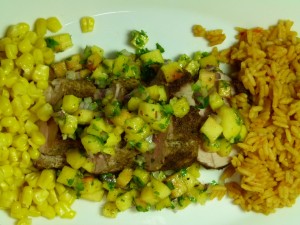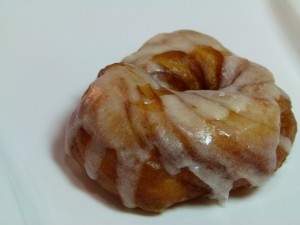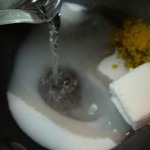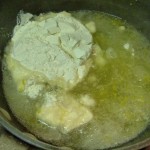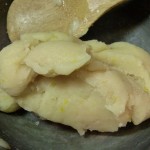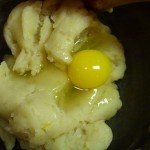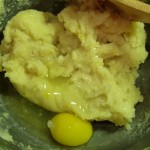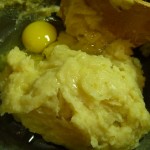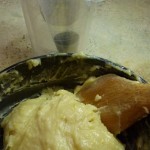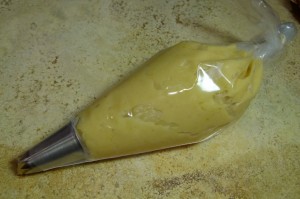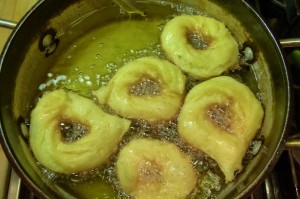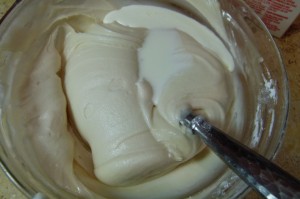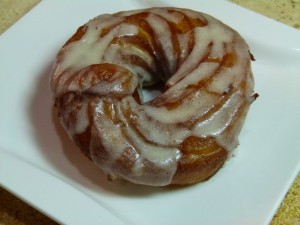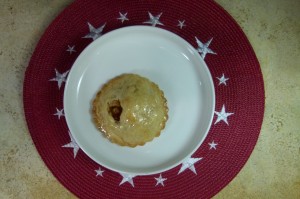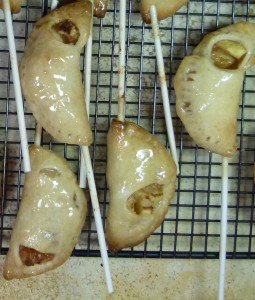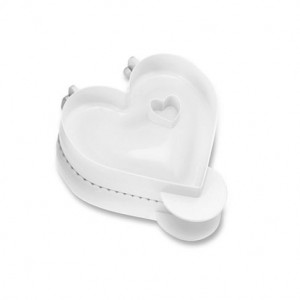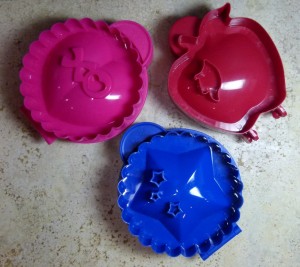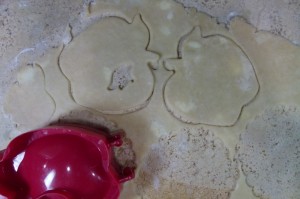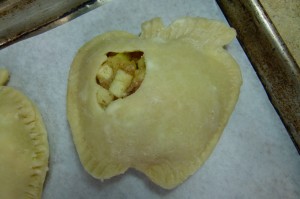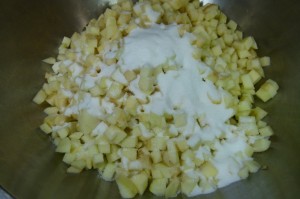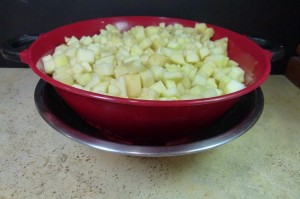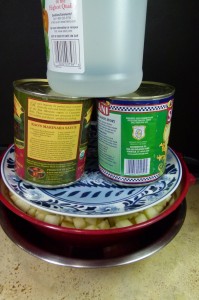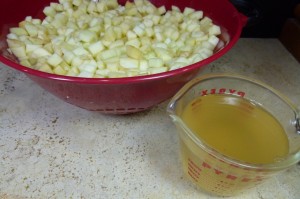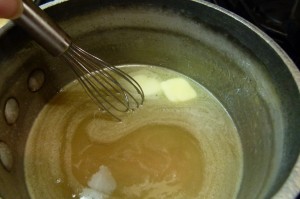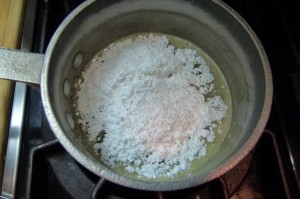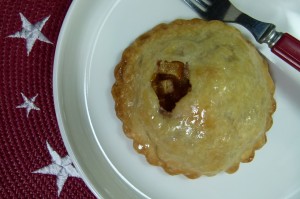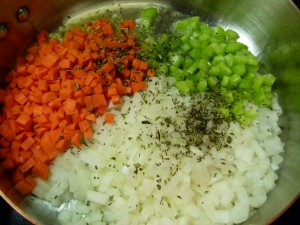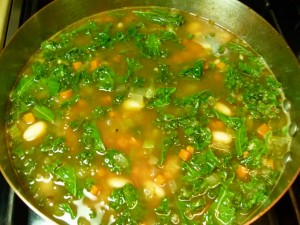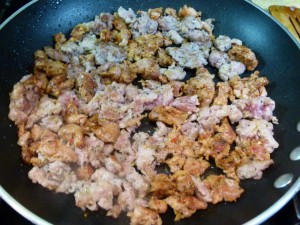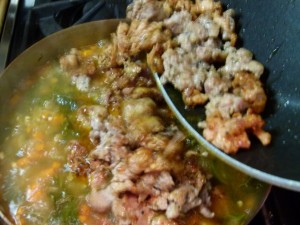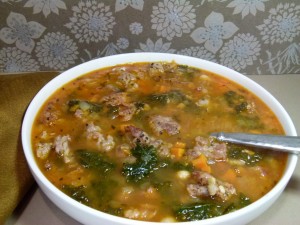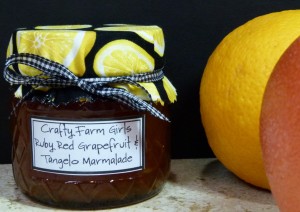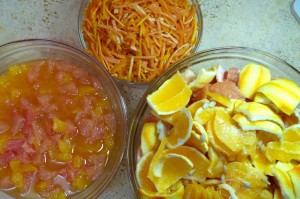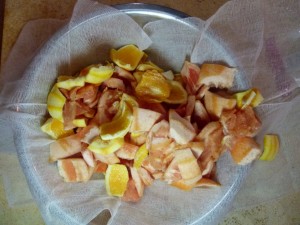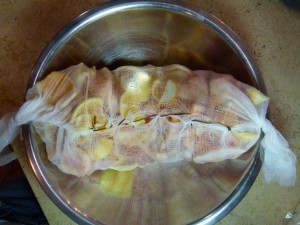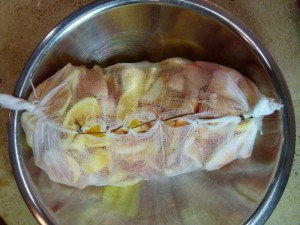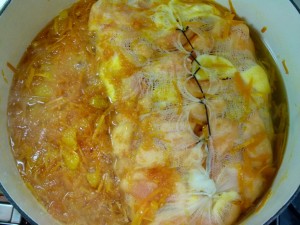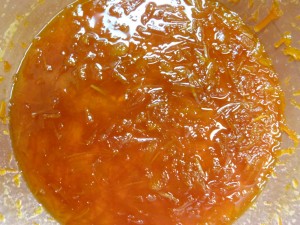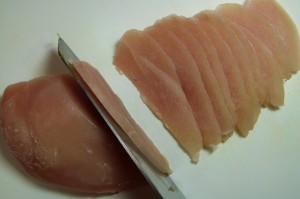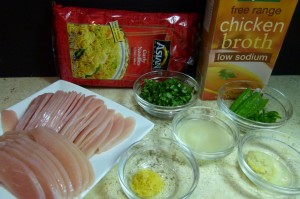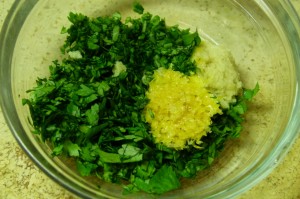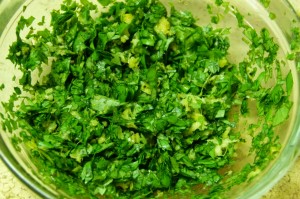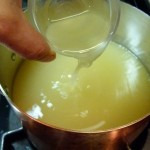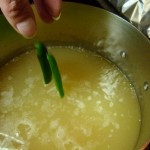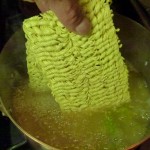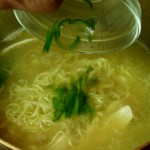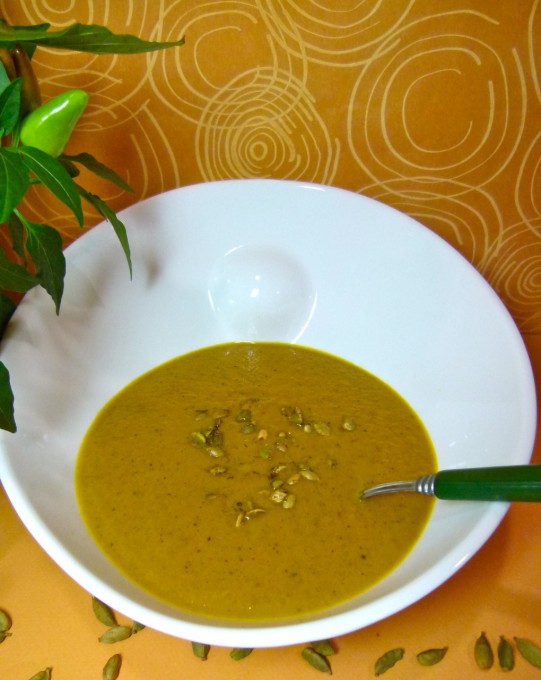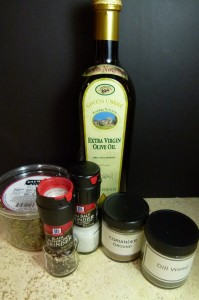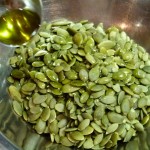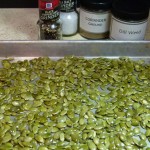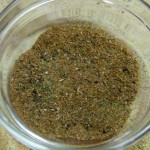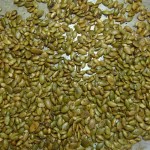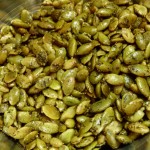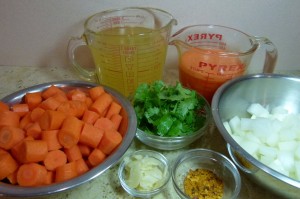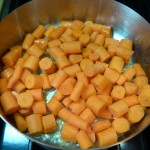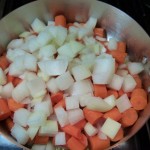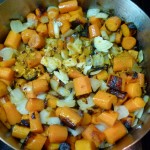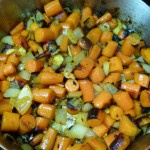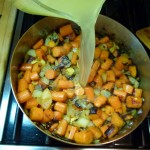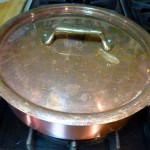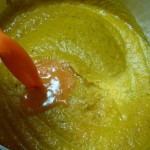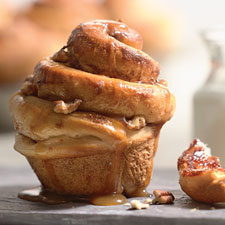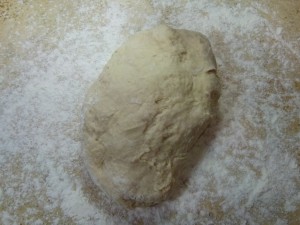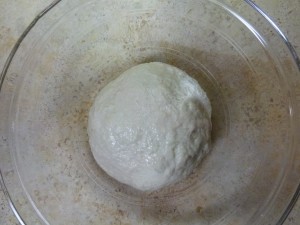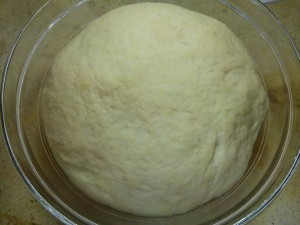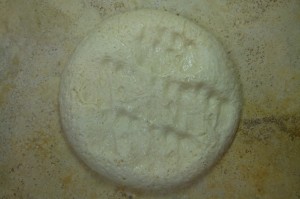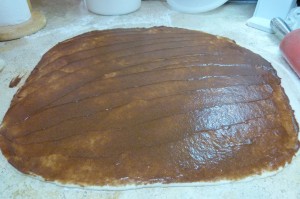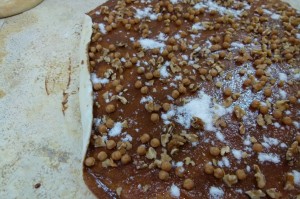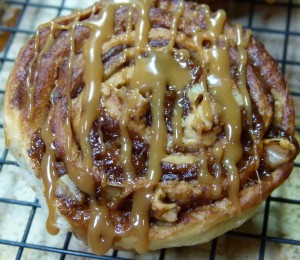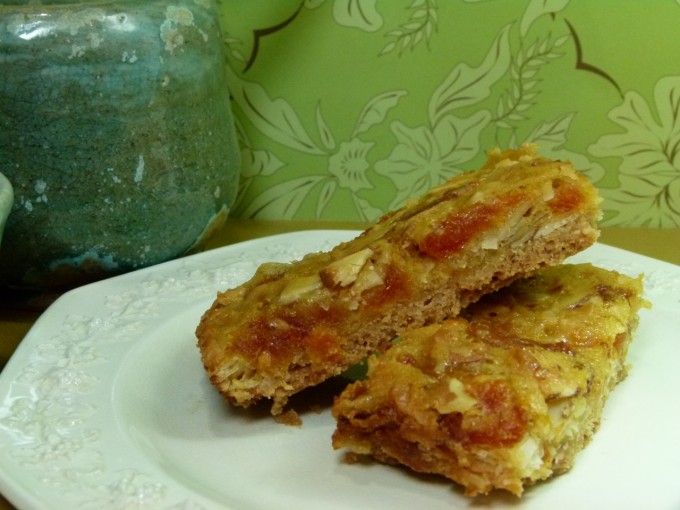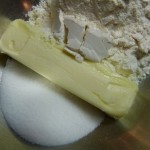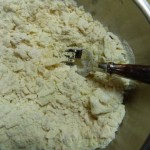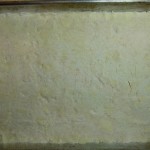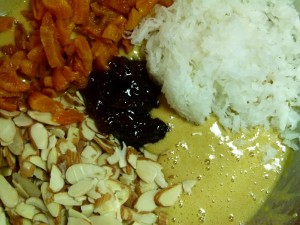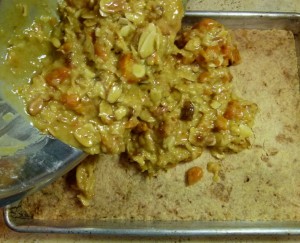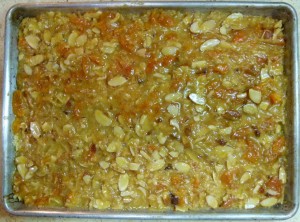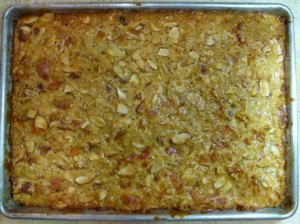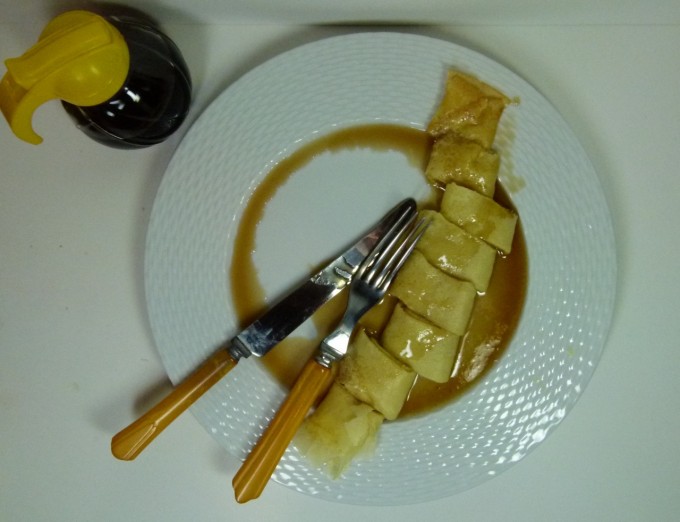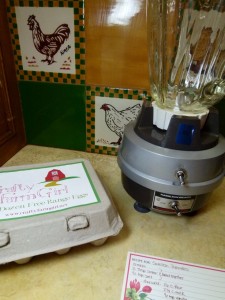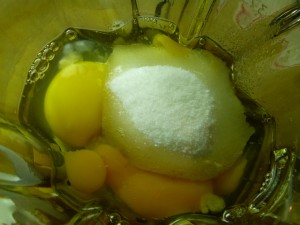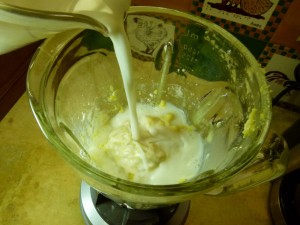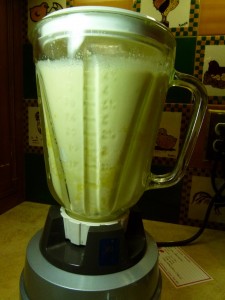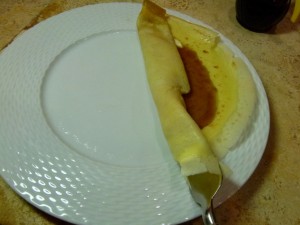
Until this weekend, our summer weather hasn’t really broken, yet the urge to cook more fall-like foods is there for me. This seemed like the perfect not-quite-fall recipe to me, but it would be really great anytime in the summer or fall as long as you can still find fresh peaches at the market. I love savory meats with fruity salsa — I think it’s a terrific combination.
I was not able to find 2 tenderloins that were 1 pound each, so I opted for 3 that totaled about 2 pounds together. Because I had 3 to cover with the rub mixture, I upped the cumin from the original recipe’s 2 teaspoons to 4 teaspoons, but kept the salt and pepper quantities the same.
You might also like my Fruit and Veggie Salsa for Chicken or Fish
Cumin-Rubbed Pork Tenderloins with Fresh Peach Salsa
From the book Sunday Roasts by Betty Rosbottom, adapted slightly by Crafty Farm Girl, October, 2011.
Serves 4 to 5
4 teaspoons cumin
1 teaspoon kosher salt
1 teaspoon freshly ground black pepper
2 pork tenderloins, about 1 pound each, (or 3 slightly smaller ones), trimmed of excess fat
Olive oil for sautéing
Fleur de sel (optional)
Fresh Peach Salsa
Arrange a rack at center position and preheat the oven to 400 degrees.
In a small bowl, mix together the cumin, salt, and pepper. Rub this mixture over als the surfaces of the tenderloins. Add enough oil to coat the bottom of a large, heavy, oven-proof frying pan and set it over medium-high heat until the oil is hot. Add the tenderloins and brown on all sides, for 5 minutes.

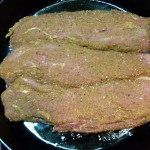
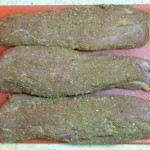

Roast the pork until a thermometer inserted into the thickest part of the meat registers 150 degrees, for about 20 minutes (less for smaller tenderloins). Remove the tenderloins to a carving board and let rest for 10 minutes.
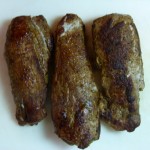
To serve, slice the pork into ½-inch thick pieces and arrange, slightly overlapping, on a platter or individual plates. If desired, sprinkle the slices lightly with the fleur de sel. Spoon some peach salsa over the slices and pass any extra salsa in a bowl.


Fresh Peach Salsa
Makes about 1-3/4 cups
3 medium yellow peaches, ripe but not too soft
1/3 cup chopped red onion
3 tablespoons minced cilantro
1-1/2 teaspoons grated lime zest and 2 teaspoons fresh lime juice
2 teaspoons minced garlic
1 to 2 teaspoons minced jalapeno pepper, seeds & membranes removed
Kosher salt
freshly ground black pepper
1-2 tablespoons olive oil
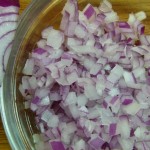
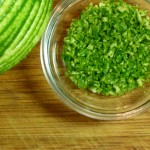


Peel the peaches and cut into ½-inch or smaller dice. Put in a medium, nonreactive bowl with the onion, cilantro, lime zest and juice, garlic, jalapeno, and ¼ teaspoon each salt & pepper. Drizzle with olive oil and stir to combine. Taste and, if desired, add additional salt and black pepper and up to 1 teaspoon more lime juice for a sharper taste. Marinate the salsa for at least 30 minutes.

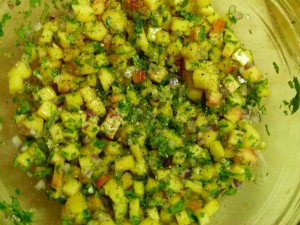
Salsa can be prepared 2 hours ahead, leave at cool room temperature.
